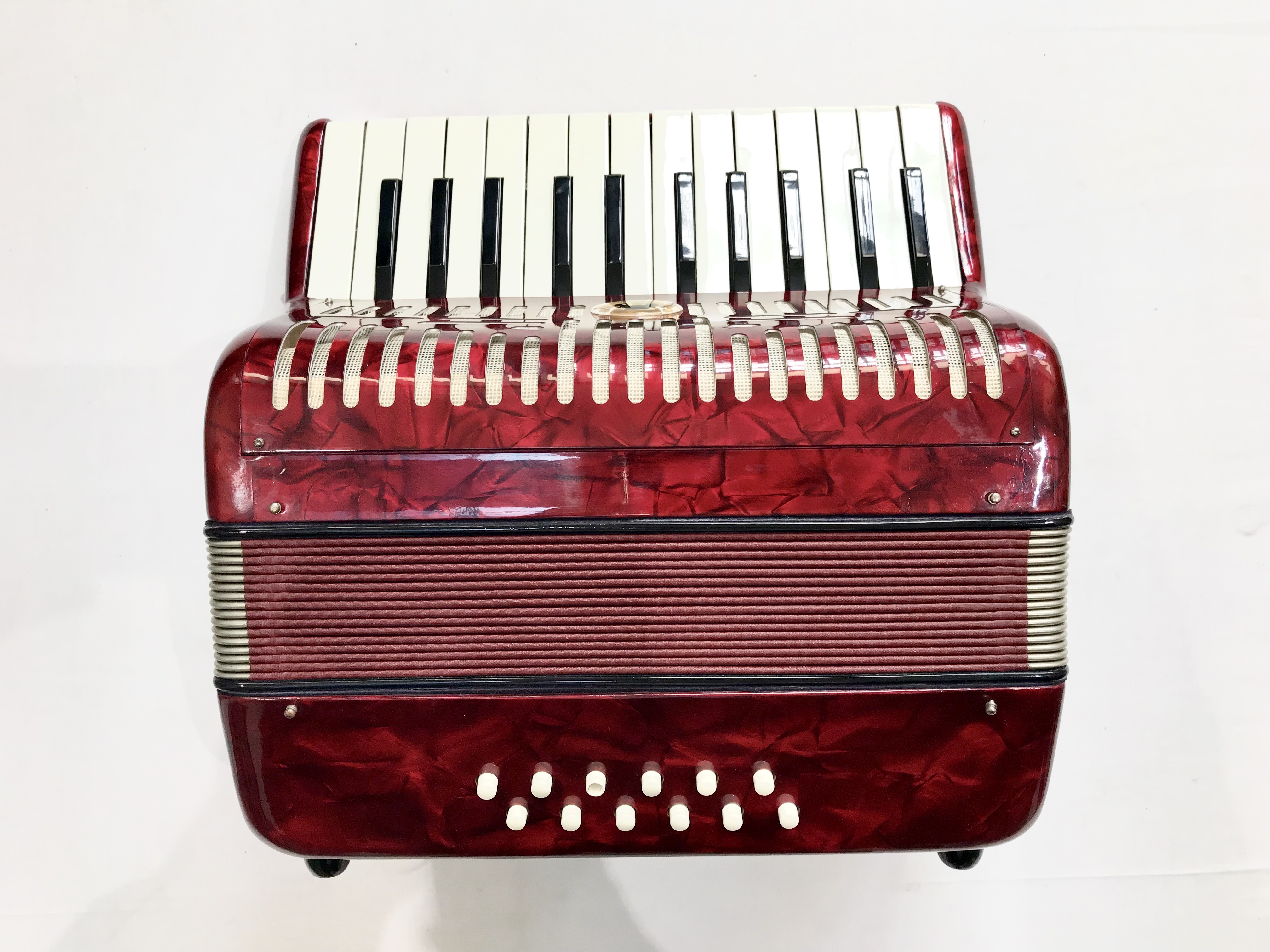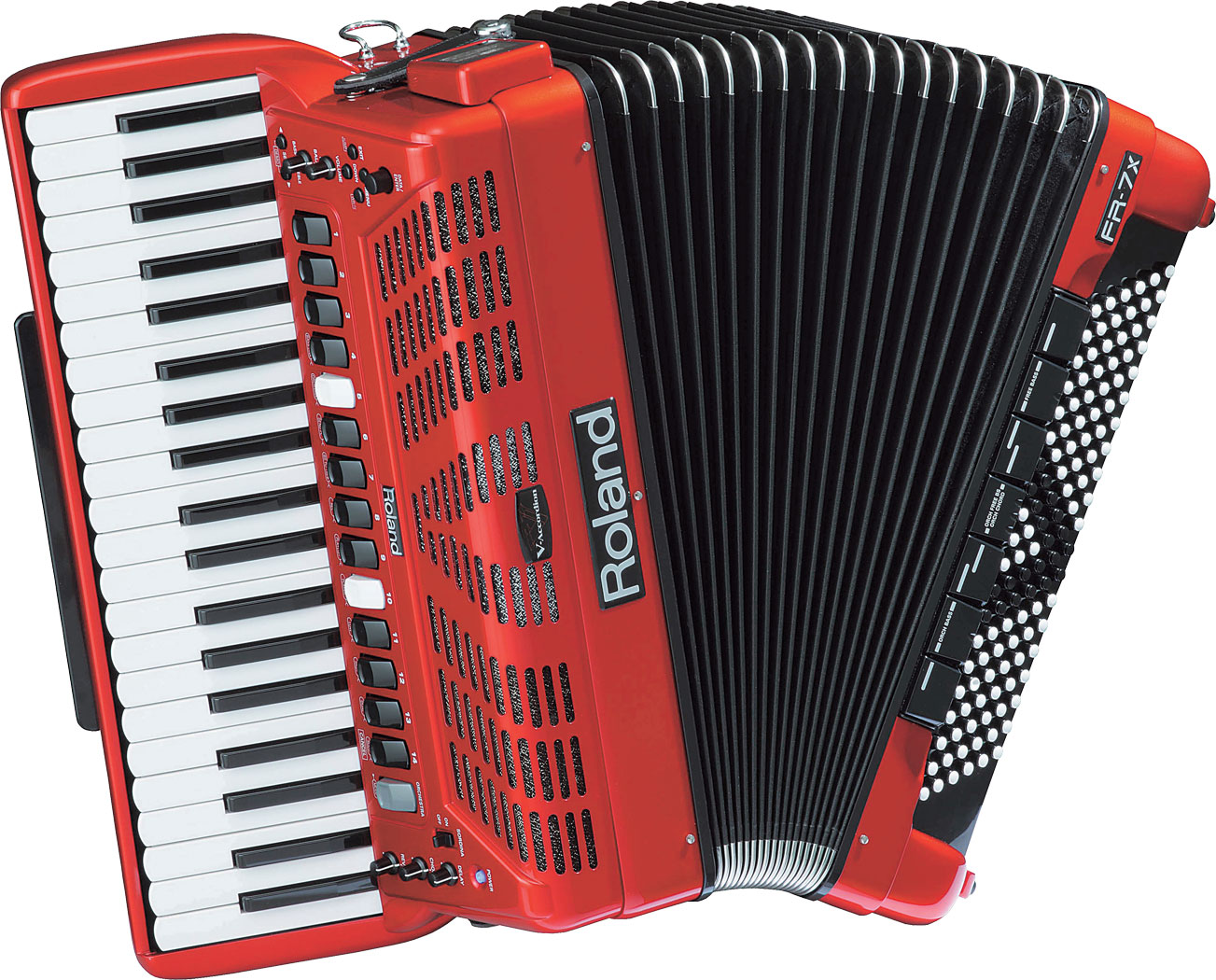

By 1866, over 50,000 instruments were being produced yearly by Tula and neighbouring villages, and by 1874 the yearly production was over 700,000. By the late 1840s, the instrument was already very widespread together the factories of the two masters were producing 10,000 instruments a year. Nevertheless, according to Russian researchers, the earliest known simple accordions were made in Tula, Russia, by Ivan Sizov and Timofey Vorontsov around 1830, after they received an early accordion from Germany.

The earliest history of the accordion in Russia is poorly documented. The accordion's basic form is believed to have been invented in Berlin, in 1822, by Christian Friedrich Ludwig Buschmann, although one instrument has been recently discovered that appears to have been built earlier.

Įight-key bisonoric diatonic accordion (c. These names refer to the type of accordion patented by Cyrill Demian, which concerned "automatically coupled chords on the bass side". Today, native versions of the name accordion are more common. The oldest name for this group of instruments is harmonika, from the Greek harmonikos, meaning "harmonic, musical".

Many conservatories in Europe have classical accordion departments. The piano accordion is the official city instrument of San Francisco, California. Additionally, the accordion is used in cajun, zydeco, jazz, and klezmer music, and in both solo and orchestral performances of classical music. In Europe and North America, some popular music acts also make use of the instrument. In some countries (for example: Argentina, Brazil, Colombia, the Dominican Republic, Mexico, and Panama) it is used in popular music (for example: chamamé in Argentina gaucho, forró, and sertanejo in Brazil vallenato in Colombia merengue in the Dominican Republic and norteño in Mexico), whereas in other regions (such as Europe, North America, and other countries in South America) it tends to be more used for dance-pop and folk music. The accordion is widely spread across the world because of the waves of immigration from Europe to the Americas and other regions. The performer normally plays the melody on buttons or keys on the right-hand side (referred to as the manual), and the accompaniment on bass or pre-set chord buttons on the left-hand side. Valves on opposing reeds of each note are used to make the instrument's reeds sound louder without air leaking from each reed block. These vibrate to produce sound inside the body. The accordion is played by compressing or expanding the bellows while pressing buttons or keys, causing pallets to open, which allow air to flow across strips of brass or steel, called reeds. The harmonium and American reed organ are in the same family, but are typically larger than an accordion and sit on a surface or the floor. The concertina and bandoneón are related. A person who plays the accordion is an accordionist. Accordions (from 19th-century German Akkordeon, from Akkord-"musical chord, concord of sounds") are a family of box-shaped musical instruments of the bellows-driven free-reed aerophone type ( producing sound as air flows past a reed in a frame), colloquially referred to as a squeezebox.


 0 kommentar(er)
0 kommentar(er)
